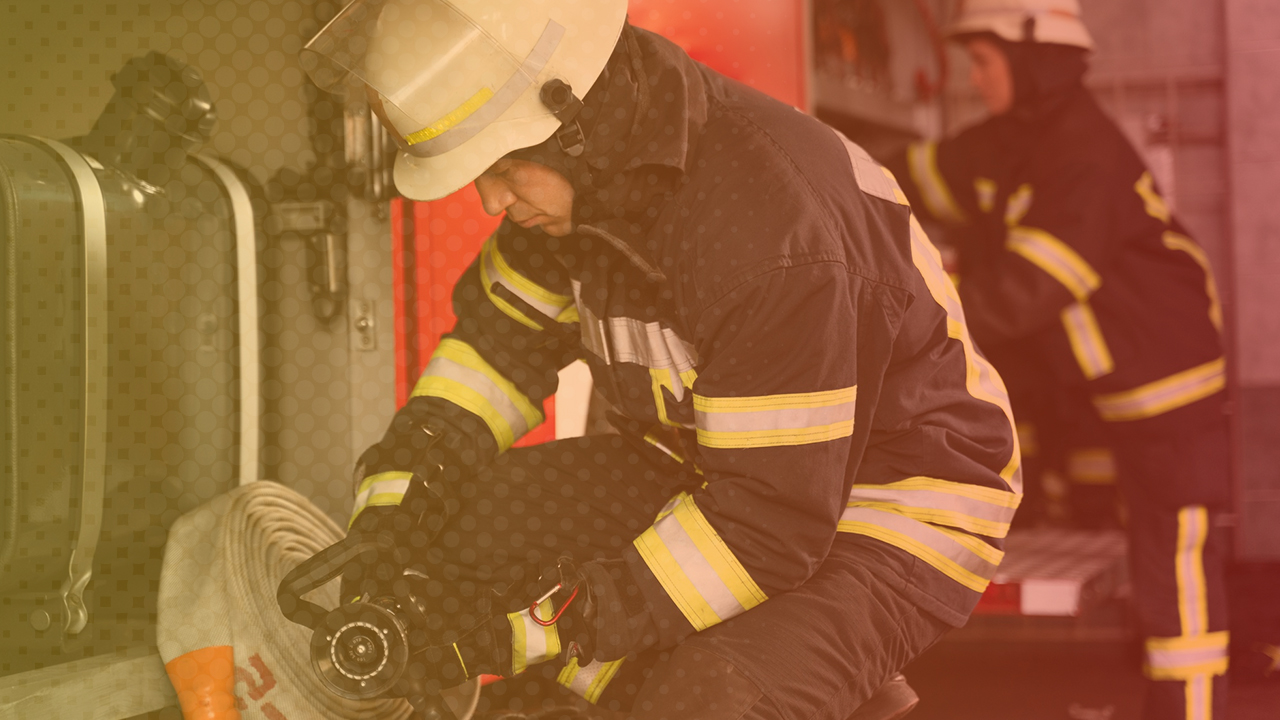Regarding fire safety, fallacies and misconceptions can lead to hazardous oversights that put lives and property at stake. Many people think that putting in a smoke alarm or having a fire extinguisher is all it takes to ensure safety, but the reality is far more complicated. Comprehending fire hazards, formulating effective escape plans, and conducting regular fire drills are critical components of a thorough fire safety strategy. As we delve deeper into fire safety services, it is important to recognize the importance of readiness and awareness in preventing fires and minimizing their effect.
In this piece, we will explore the essential aspects of fire safety, from understanding common fire hazards in homes and businesses to the importance of maintaining fire safety equipment. We will also cover the newest advancements in fire protection technology and how regulations can shape optimal practices across numerous industries. By preparing ourselves with the right insight and tools, we can establish safer environments for our families, employees, and customers. Realizing the reality of fire safety services can motivate us to take proactive steps toward safeguarding what matters the most.
Essential Fire Safety Tips
One of the key steps in fire safety is ensuring that your house or establishment is fitted with operational smoke alarms. Test fire engineering consultants at least once a month and replace the batteries every 6 months. It is also recommended to replace smoke alarms every ten years. This simple action can substantially increase the likelihood of escaping a fire, providing early warning that allows for swift evacuation.
Creating a comprehensive fire escape plan is crucial for all houses and places of work. Identify all escape routes, set a meeting place beyond the building, and ensure that everyone knows the importance of rehearsing the plan often. Conduct fire drills at least twice a year to test how well-functioning the plan is and to confirm that everyone is aware with their roles during an emergency. This readiness can save lives and minimize panic during a real event.
Additionally, be vigilant about frequent fire hazards in your environment. Store flammable in safe locations distant from heat sources, and consistently inspect electrical wiring for signs of damage or damage. Use space heaters with caution by keeping them at least three feet away from anything that could burn, and do not leave them unattended. By addressing these fire hazards in advance, you can greatly reduce the likelihood of a fire starting.

Creating an Efficient Fire Plan
An essential fire plan is necessary for ensuring the protection of all occupants in your residence or business. Start by recognizing all available exits, making sure they are reachable and unobstructed. Signpost these exits prominently and share them to all family members or staff. This knowledge is crucial during an emergency when every second is important. Consistently review these evacuation paths and practice them during fire drills to solidify awareness.
Then, appoint a rendezvous location that is a reasonable distance from the site. This predetermined location will help account for everyone after an escape. Confirm that everyone knows this meeting point and practices going there during drills. Communication is critical; participants should feel comfortable expressing concerns or concerns about the plan, fostering readiness.
In conclusion, an effective fire plan involves regular updates and drills. As circumstances change, such as additional residents or structural modifications, your fire plan should adapt accordingly. Set up regular reviews and refresher training sessions to keep up awareness. Stay aware about fire safety guidelines and best practices, confirming your plan remains effective at mitigating risks.
Comprehending Fire Safety Rules
Fire safety guidelines represent vital for guaranteeing the well-being of buildings and their inhabitants. Such rules is crafted to limit the risk of fire, safeguard lives, and secure property. They are often established by local authorities and follow federal guidelines such as those established by the NFPA and Occupational Safety and Health Administration (OSHA). Businesses should be aware of such rules to operate legally.
Following with fire safety guidelines includes multiple critical factors, including appropriate installation of fire alarms, service of fire extinguishers, and regular fire safety checks. In moreover, certain industries have specific protocols based on the distinct risks they encounter. For instance, food service businesses are required to have strong kitchen safety protocols in place to avoid grease fires, while medical institutions may need to confirm that evacuation routes and fire drills accommodate vulnerable patients.
Neglecting fire safety standards may result in severe consequences, including fines, higher insurance premiums, and, crucially, the potential for devastating accidents. Business owners should focus on regular training for their employees, remain aware of evolving regulations, and carry out routine risk assessments to maintain compliance and boost overall safety measures at their facilities.
